Investigating the Quin Tassie Collection pop-up exhibition, Heritage Week 2025
August was a very busy month here at RCPI’s Heritage Centre. Over the course of five days of Heritage Week, we welcomed more than 600 visitors to the College and were delighted to share with them a pop-up exhibition highlighting the Quin Tassie Collection, one of our more unusual collections never before put on display.
Donated in 1926 by the family of our Past President, Dr. Henry Quin (Fig. 1), the collection consists of over 1,700 miniature gem casts and moulds created by Quin and renowned gem engraver James Tassie (Fig. 2). The gems depict subjects from the visual cultures of Classical Antiquity, which fascinated those in 18th century society (Fig. 3 & 4).
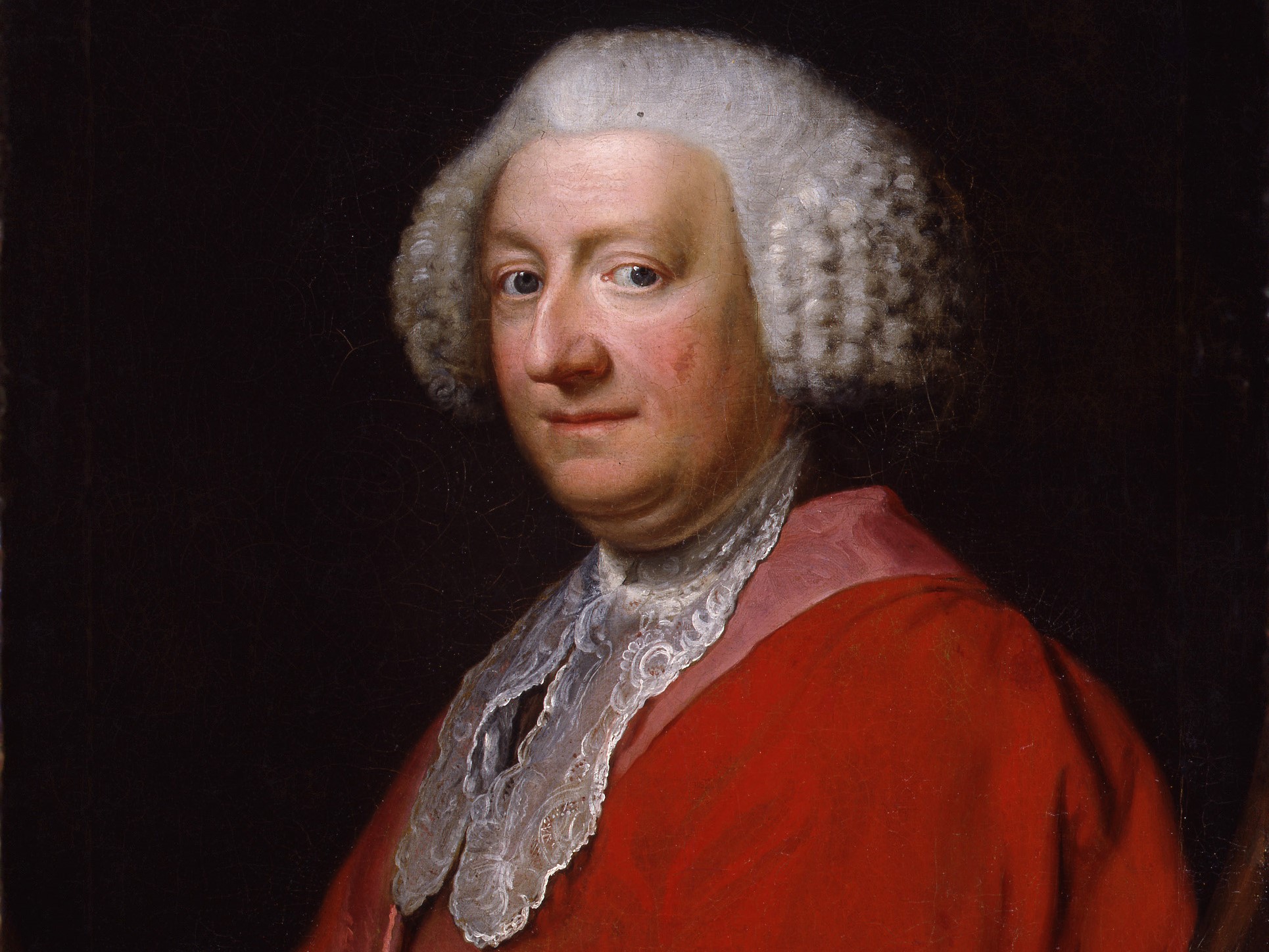 Fig 1. Portrait of Henry Quin (RCPI Collection, HI/1999-1)
Fig 1. Portrait of Henry Quin (RCPI Collection, HI/1999-1)
While in Italy as a young man, Quin (1717-1791) collected ancient gems, cameos and intaglios, which were expensive as those of good quality were in short supply. This created a market for artists to produce high grade copies, which were made using glass pastes. Quin set up his own laboratory in Dublin to experiment making these materials. It was at this point that he met Tassie (1735-1799), a stonemason and modeller from Scotland, whom he hired as his assistant and together they developed their own glass recipe before Tassie, with Quin’s encouragement, moved to London where he found great success. His reputation became internationally renowned, and his gems were collected by Catherine the Great of Russia amongst others. The two men kept in contact for the remainder of Quin’s life, frequently exchanging technical information and samples of their creations.
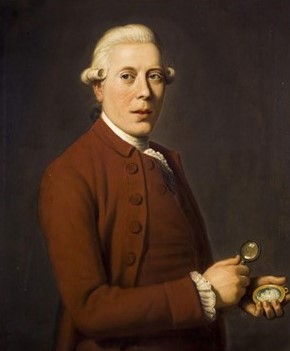 Fig. 2 James Tassie, 1735-1799. Sculptor and gem engraver by David Allan (1744-1796). National Galleries of Scotland (https://www.nationalgalleries.org/art-and-artists/3956)
Fig. 2 James Tassie, 1735-1799. Sculptor and gem engraver by David Allan (1744-1796). National Galleries of Scotland (https://www.nationalgalleries.org/art-and-artists/3956)
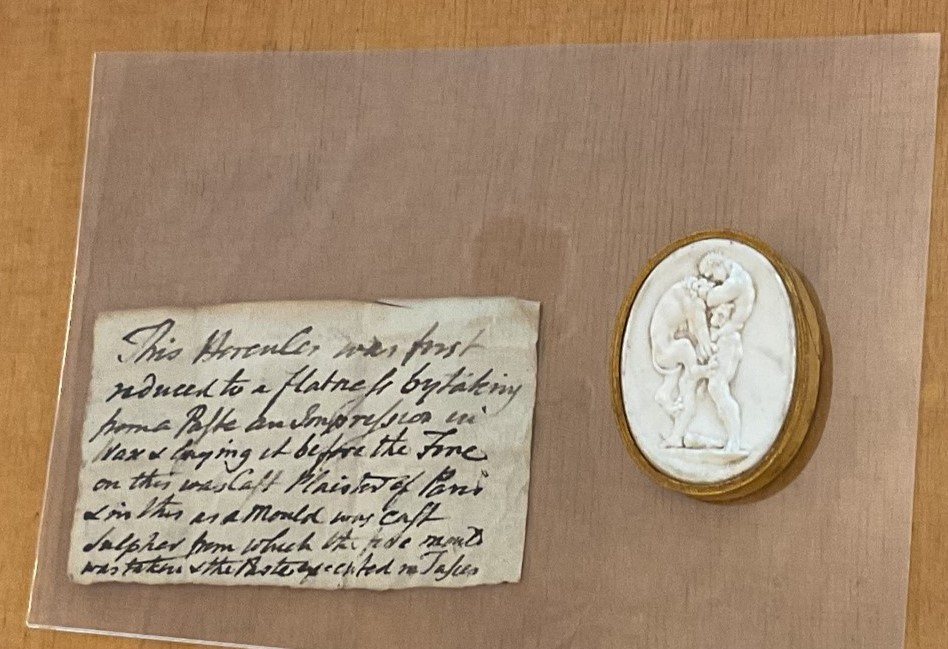 Fig. 3 Hercules fighting the Nemean Lion
Fig. 3 Hercules fighting the Nemean Lion
 Fig 4. Medusa from Greek mythology, depicted as a woman with a head of snakes in place of hair
Fig 4. Medusa from Greek mythology, depicted as a woman with a head of snakes in place of hair
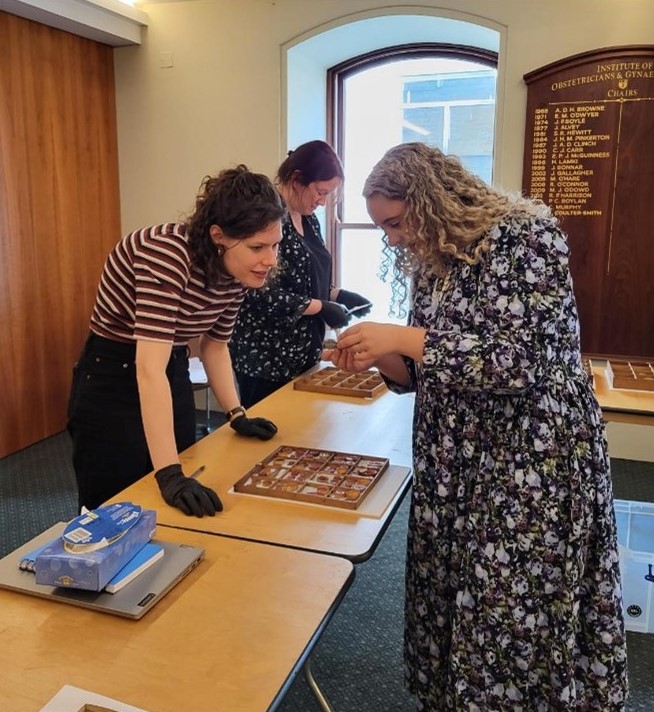
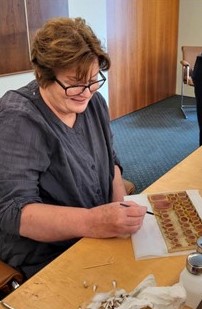 Fig. 5 & 6 Examining and cleaning the collection
Fig. 5 & 6 Examining and cleaning the collection
Ahead of the centenary of its acquisition, and with funding from the Heritage Council, we are carrying out research into this unique collection, which will see a full survey and conservation audit undertaken for the first time. Earlier in the month, we hosted colleagues Liz Louis, Curator of Portraiture (1700-1800), National Galleries Scotland, Dr. Caroline McCaffrey-Howarth, Senior Lecturer, British and French History of Art (1650-1900), University of Edinburgh, and inorganic objects conservator Lorna Barnes to lend their expertise, and together we conducted a preliminary sorting, cleaning and rehousing of the collection (Fig. 5-8). A number of the more eye-catching pieces were identified at this point, some of which were then chosen for exhibition during Heritage Week (Fig. 9-13). These included examples illustrating the variety of processes and materials involved in the production of the gems.
Work is continuing this month with Lorna returning to carry out further cleaning and repairing, giving guidance on preservation, which will inform future storage and cataloguing of the collection. More information about Quin, Tassie and the project can be found here.
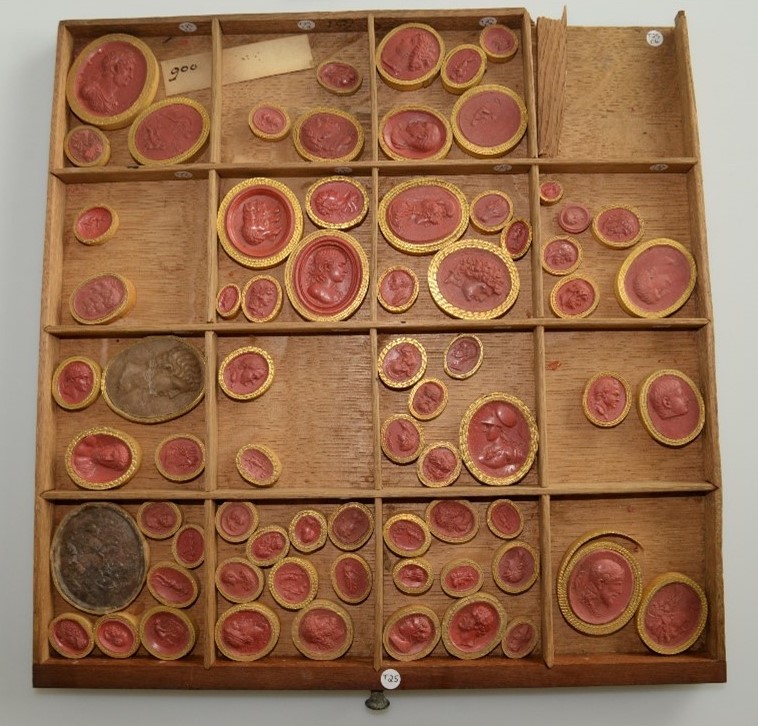
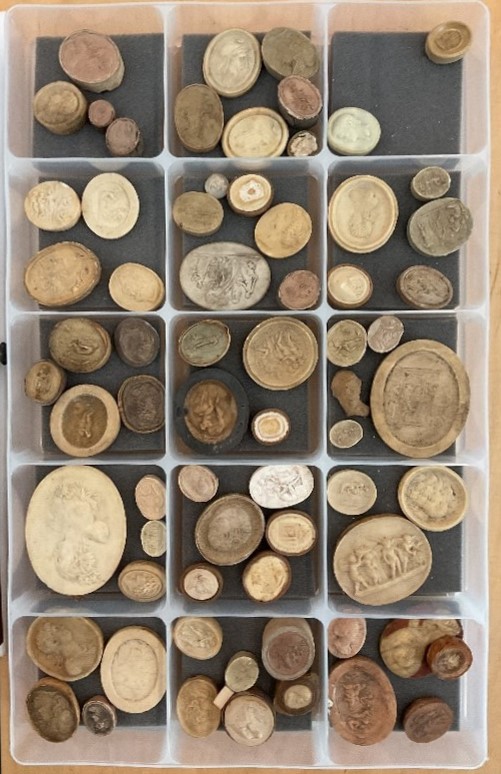 Fig. 7 & 8 Gems before cleaning, in original tray (top) and after cleaning, in conservation grade storage box (bottom)
Fig. 7 & 8 Gems before cleaning, in original tray (top) and after cleaning, in conservation grade storage box (bottom)
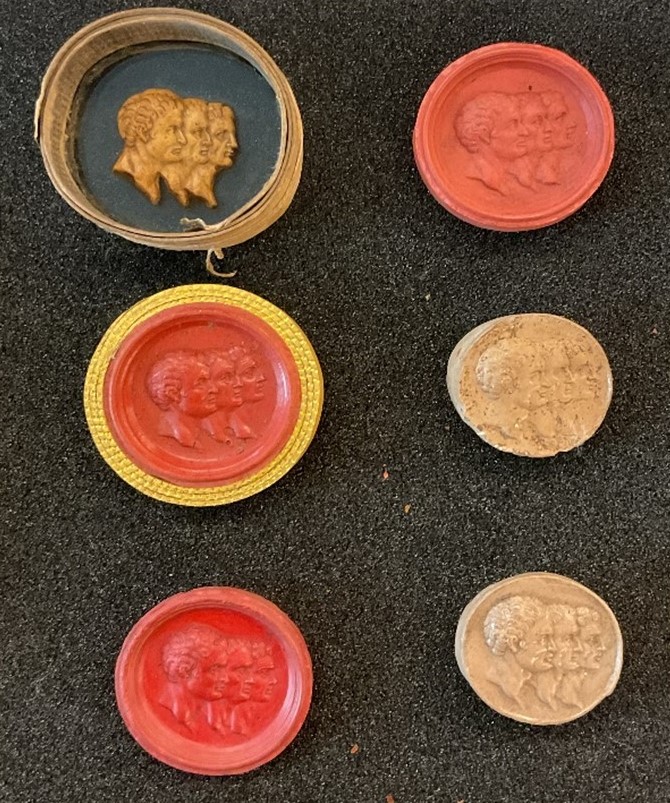 Fig. 9 Specimens in a variety of materials depicting Triumvirate of Roman Emperors, possibly Lepidus, Antony and Octavius
Fig. 9 Specimens in a variety of materials depicting Triumvirate of Roman Emperors, possibly Lepidus, Antony and Octavius
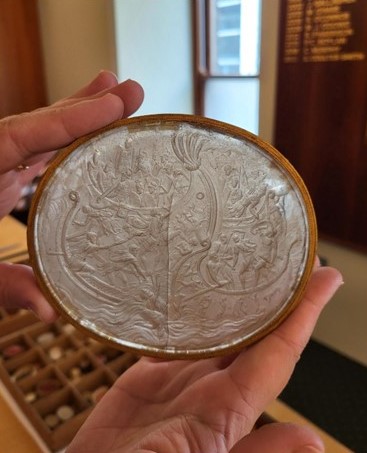 Fig. 10 Large rock crystal intaglio
Fig. 10 Large rock crystal intaglio
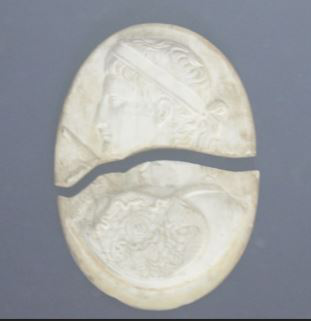 Fig. 11 Large glass portrait plaque with bust facing left and Medusa motif, below
Fig. 11 Large glass portrait plaque with bust facing left and Medusa motif, below
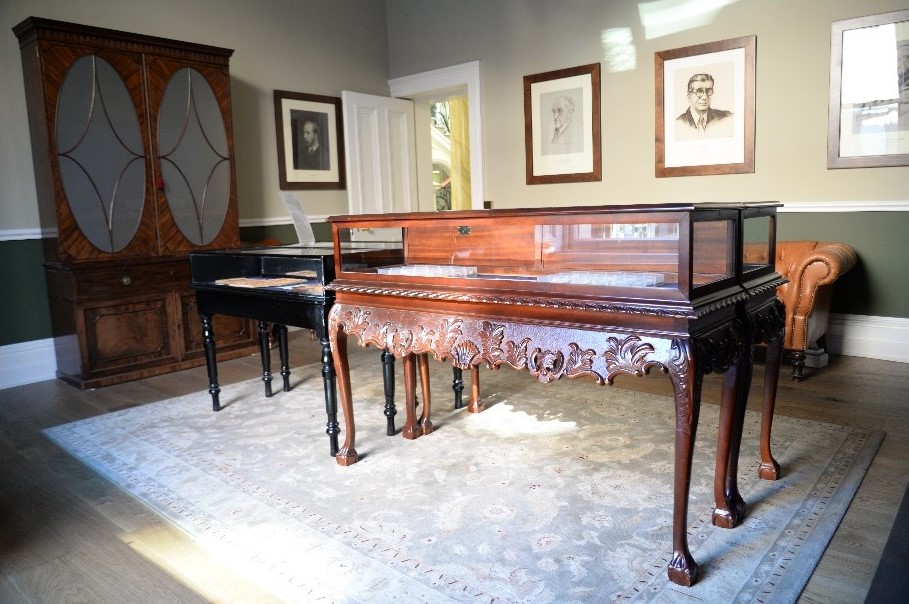
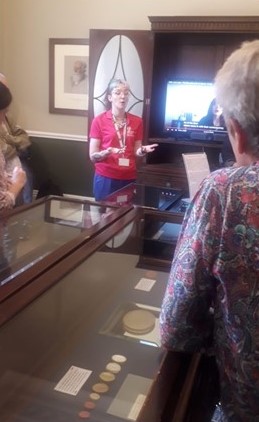 Fig. 12 & 13 Quin Tassie Collection Exhibition, RCPI, Heritage Week, August 2025
Fig. 12 & 13 Quin Tassie Collection Exhibition, RCPI, Heritage Week, August 2025
Written and curated by Sara Dickson, Collections Assistant
The Heritage Centre at the Royal College of Physicians of Ireland